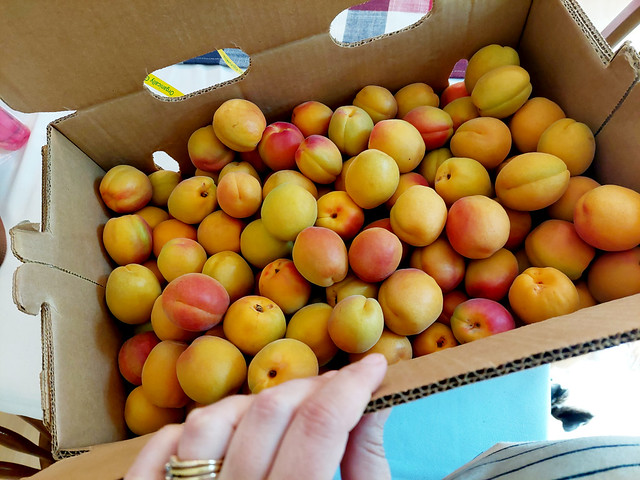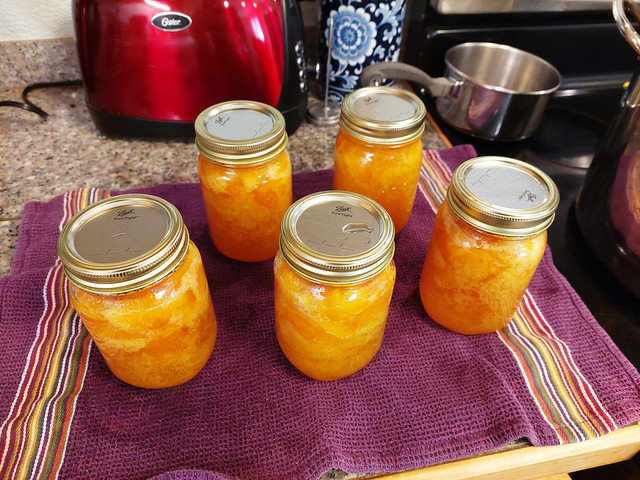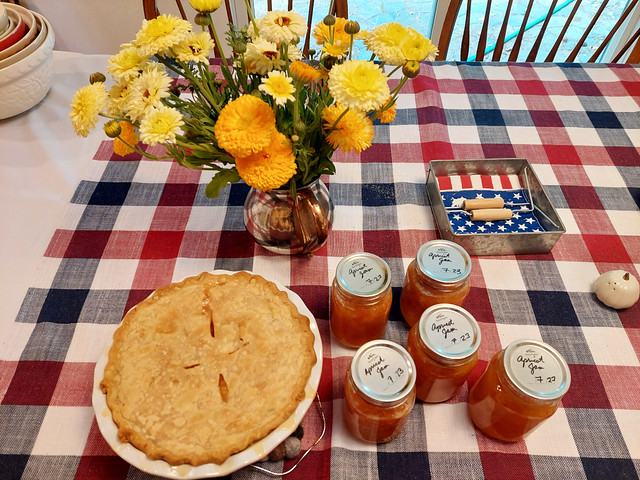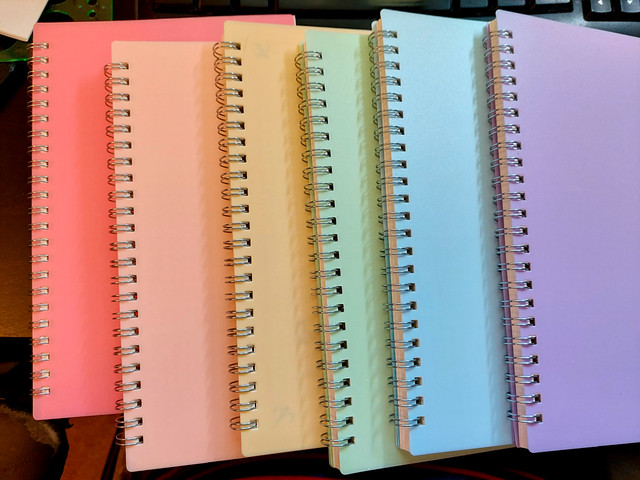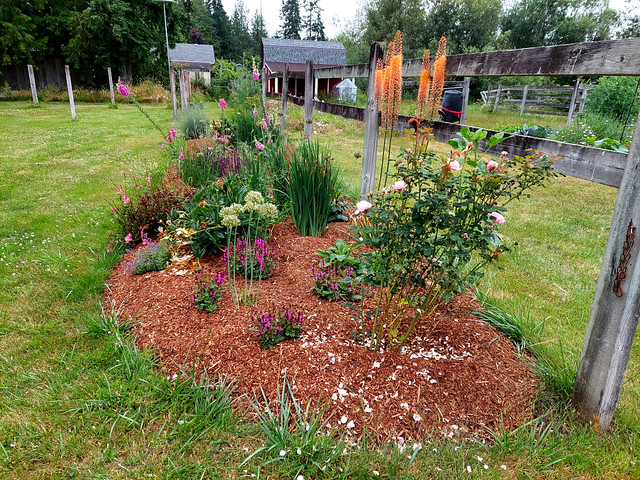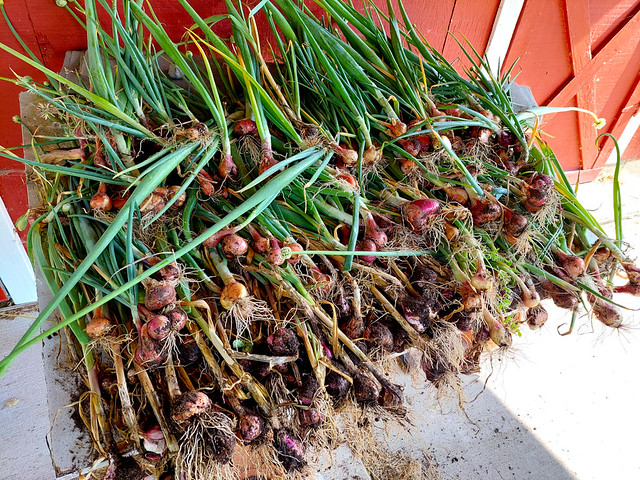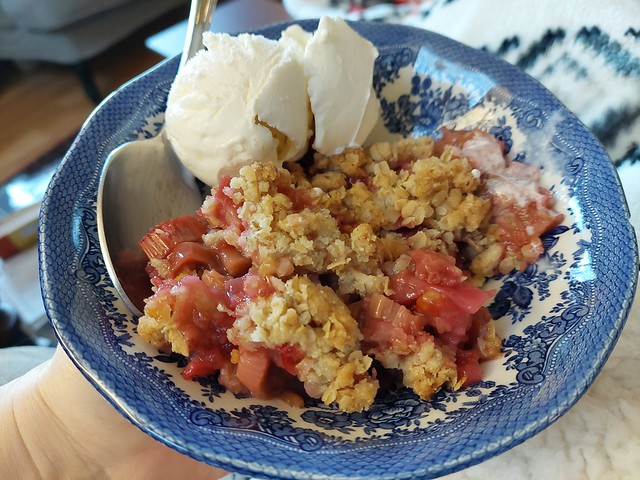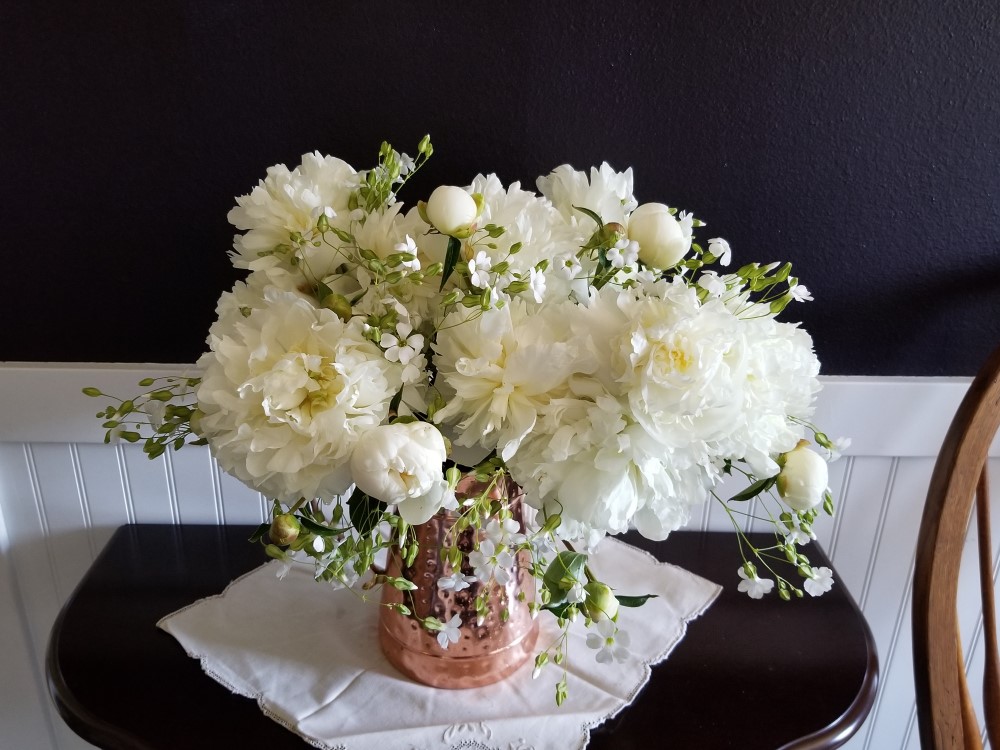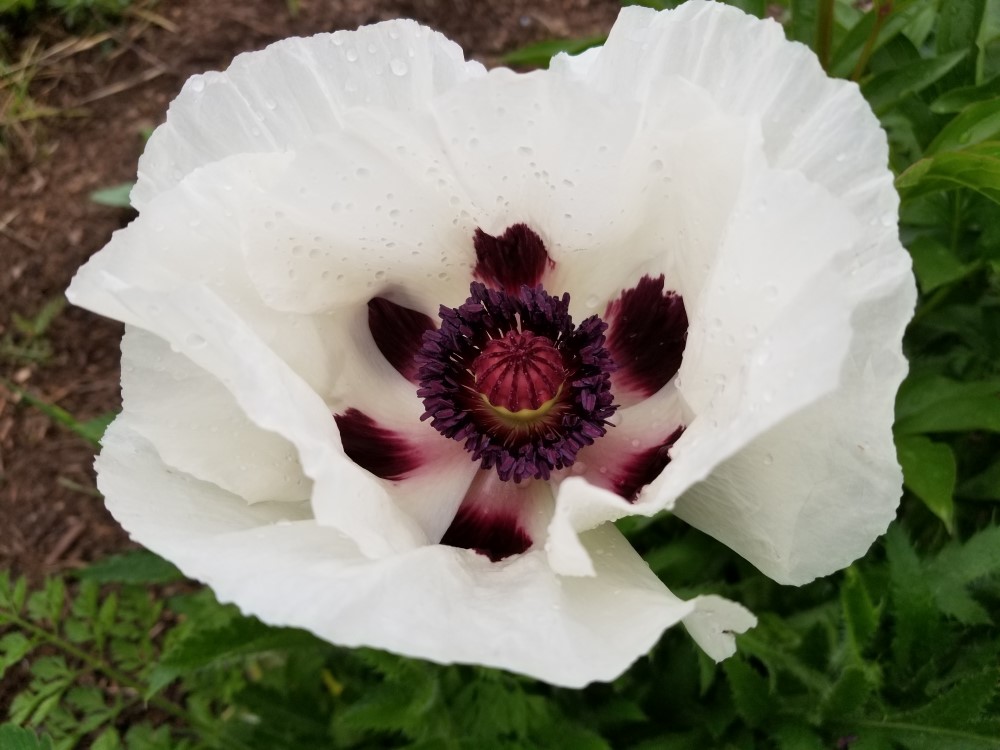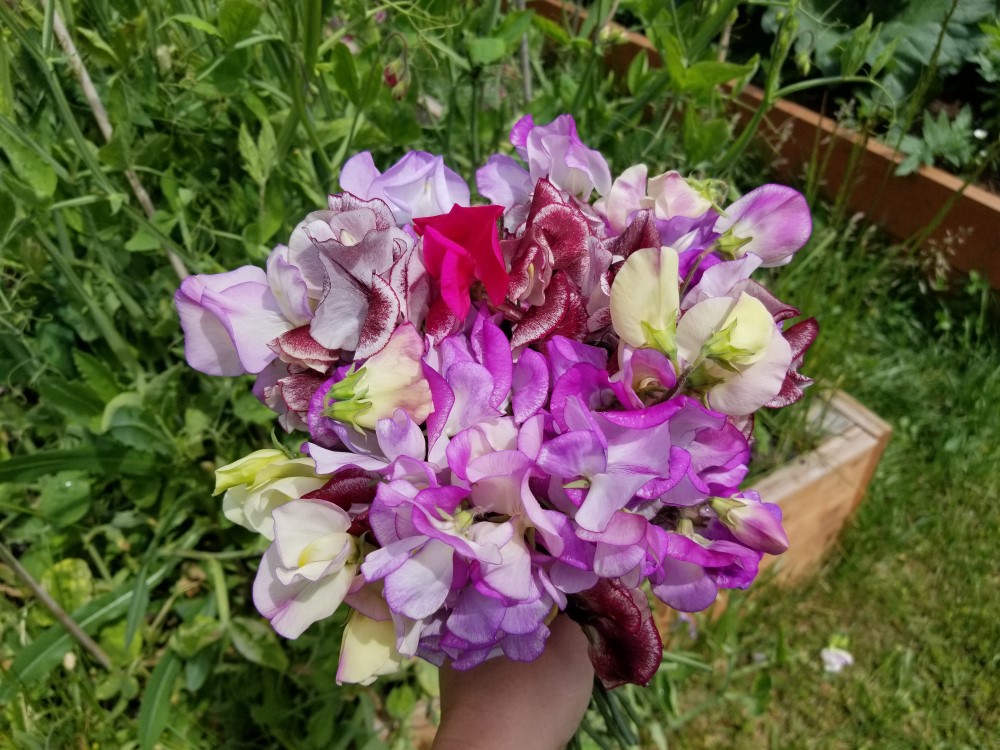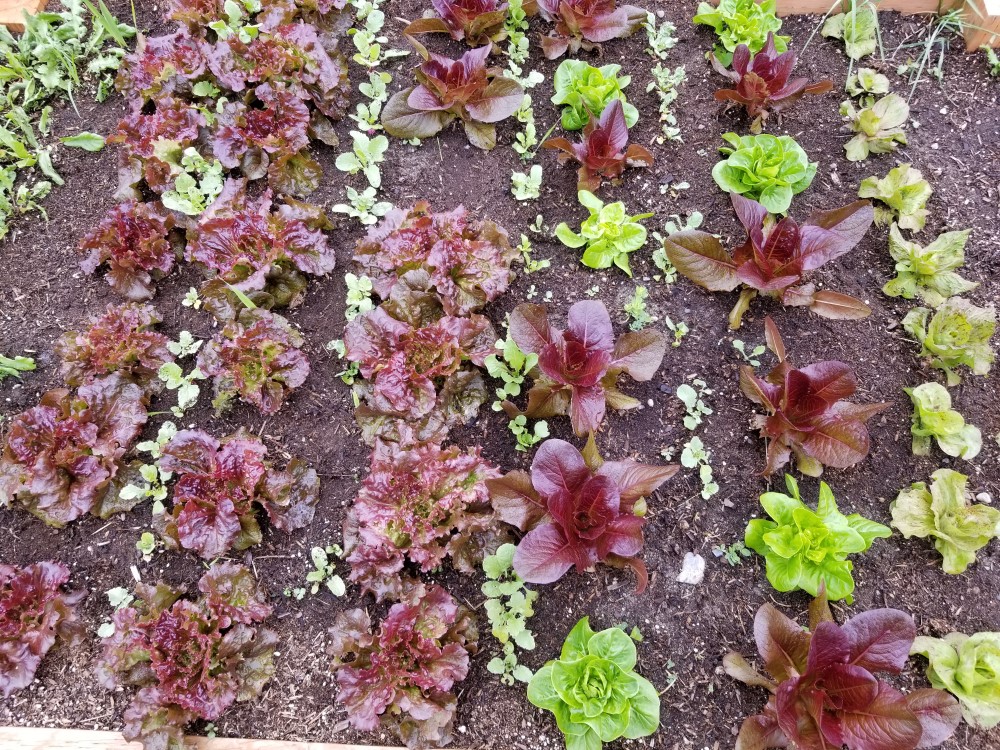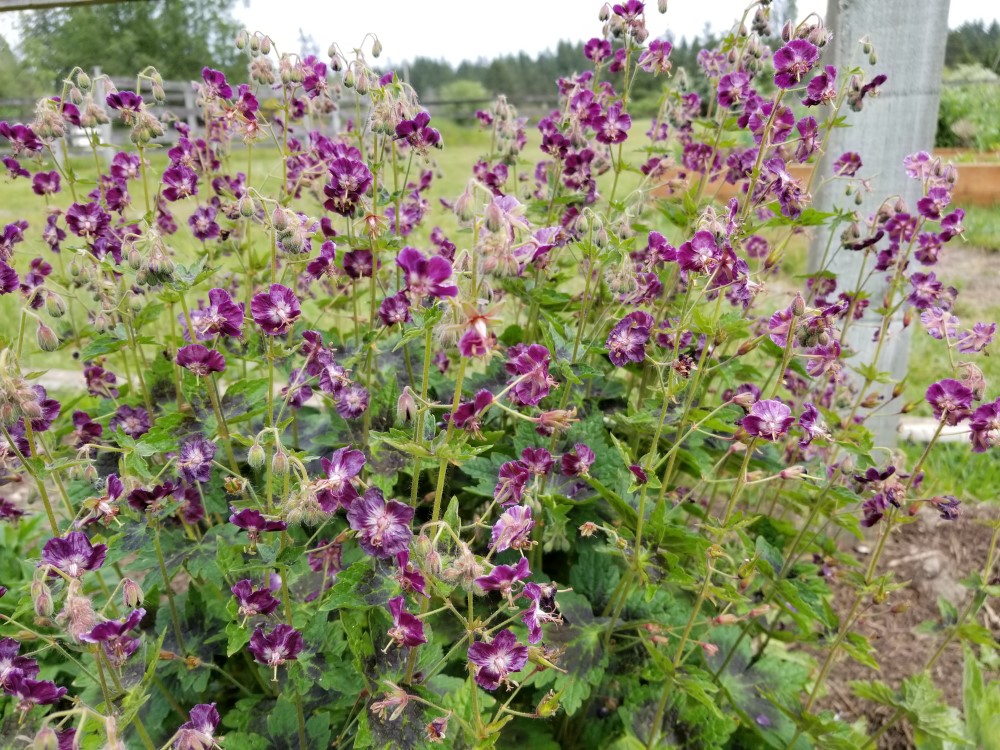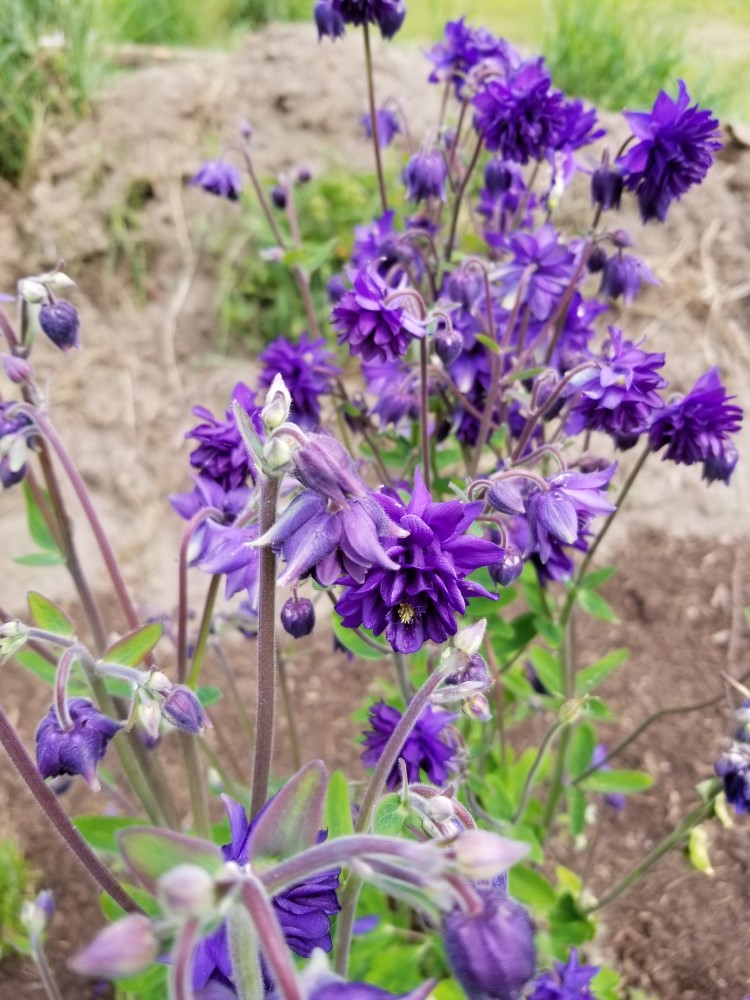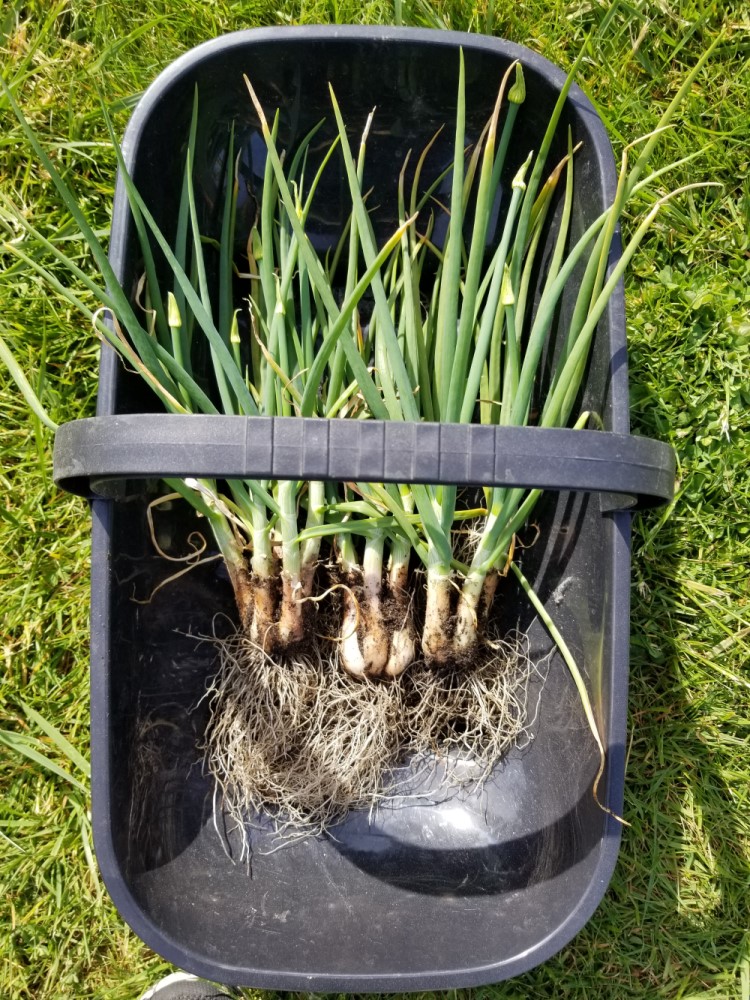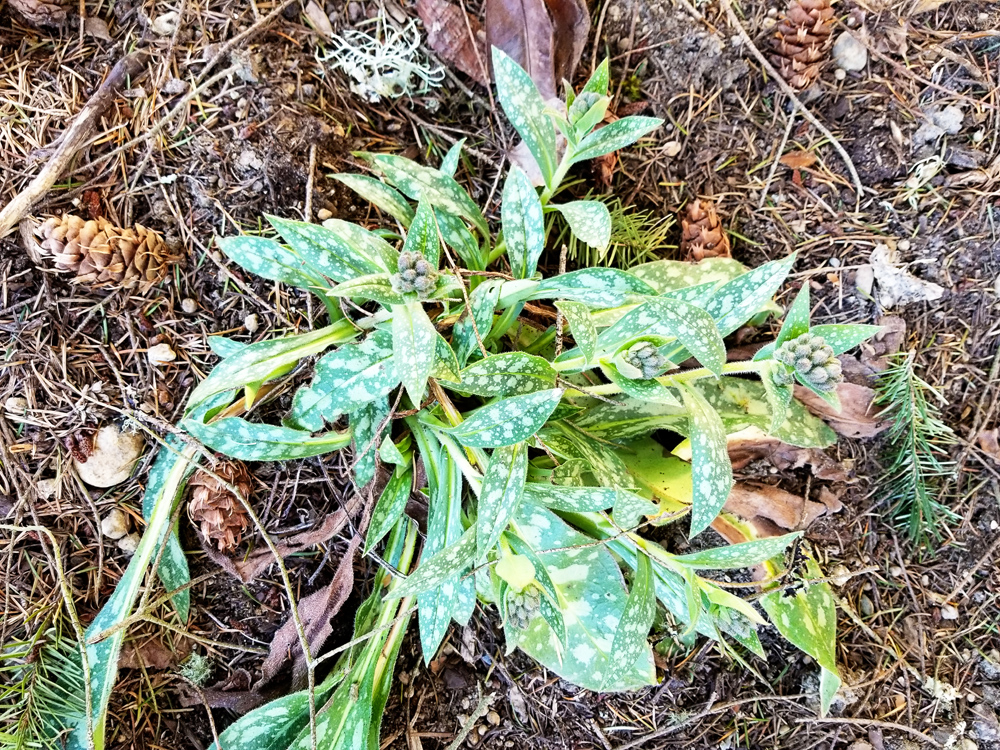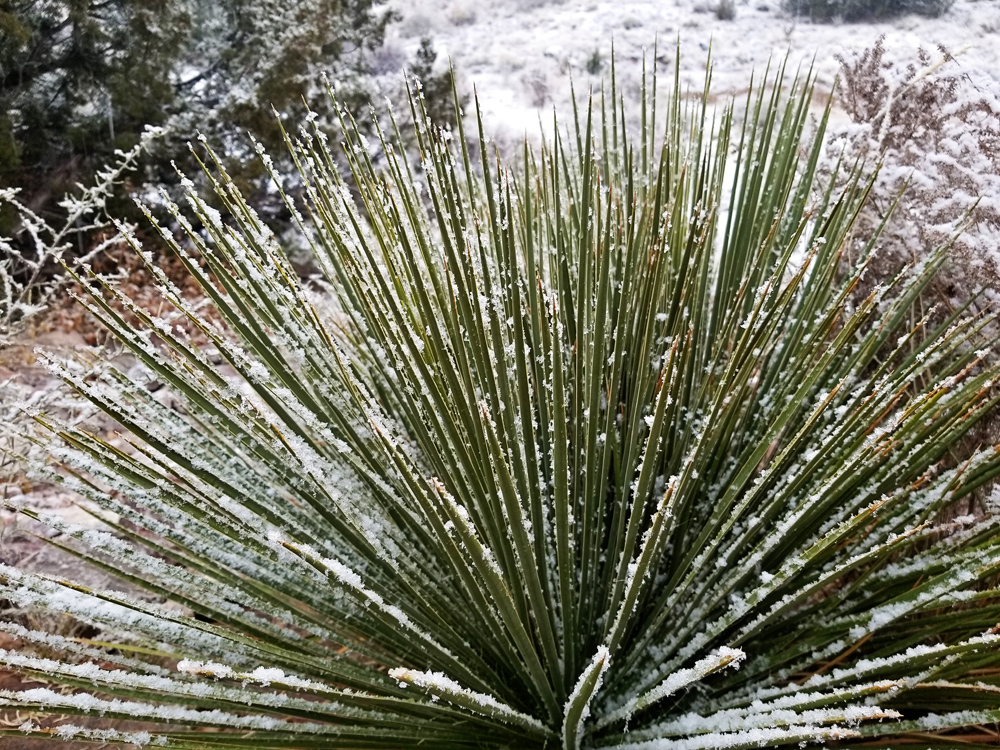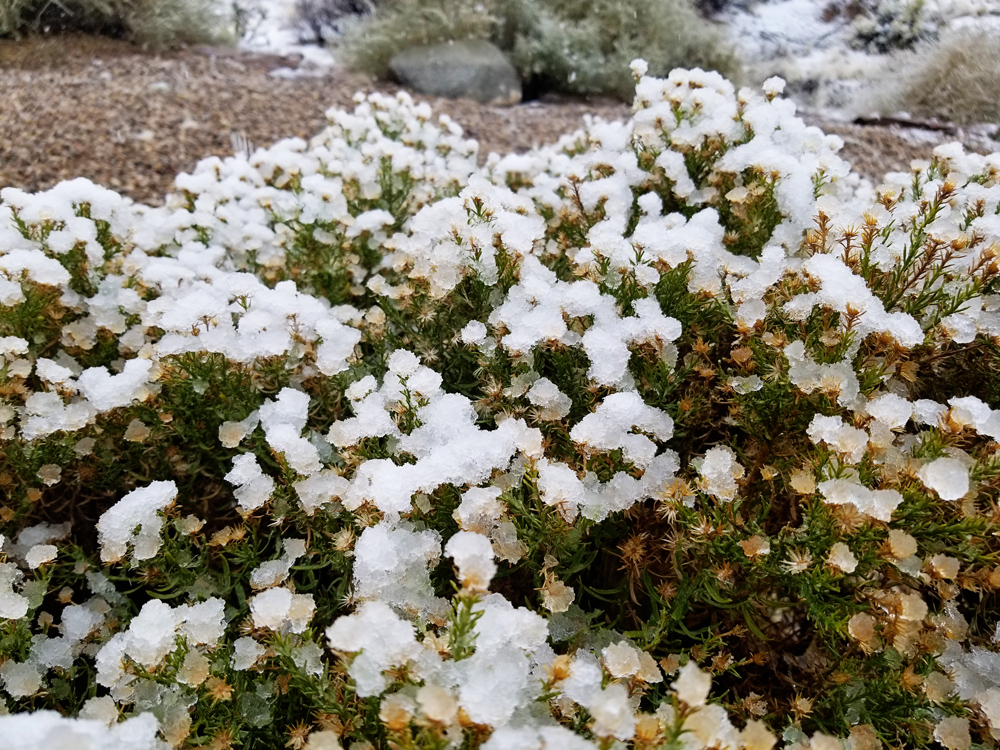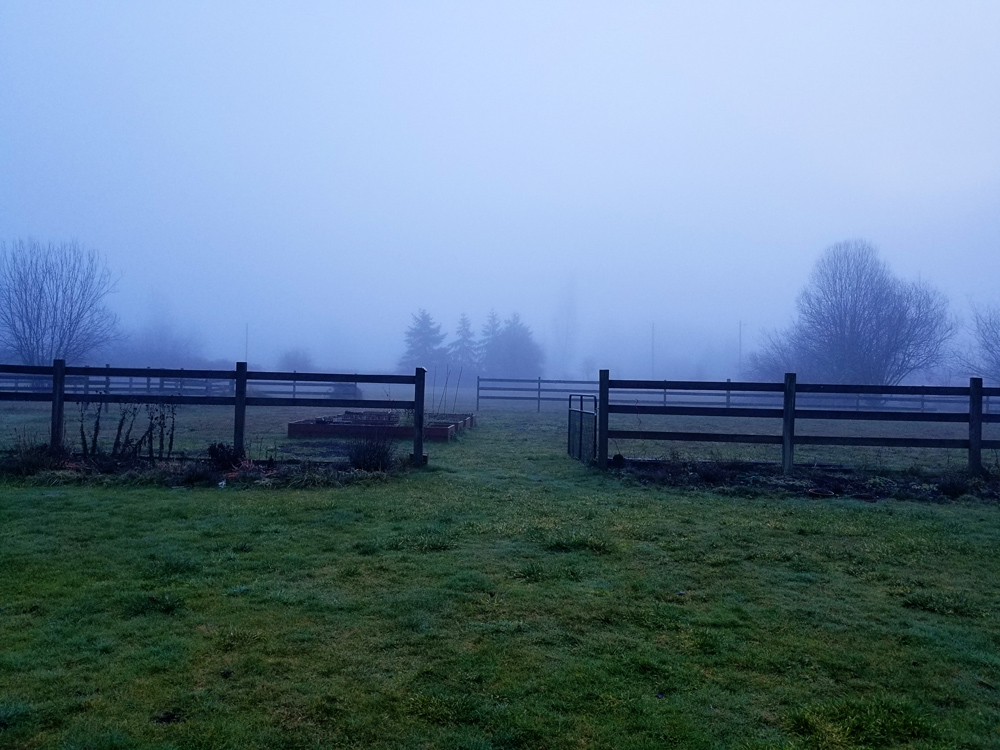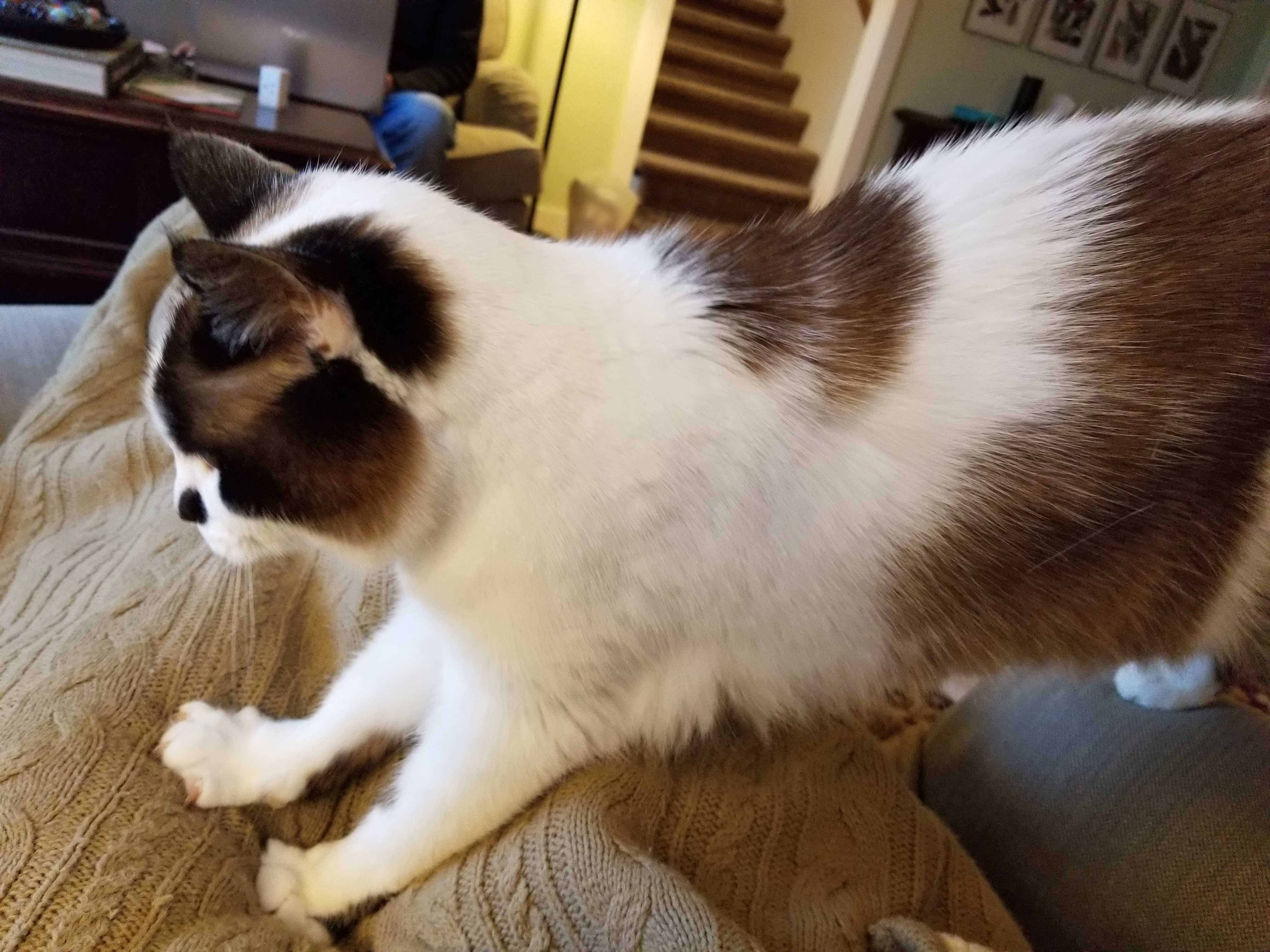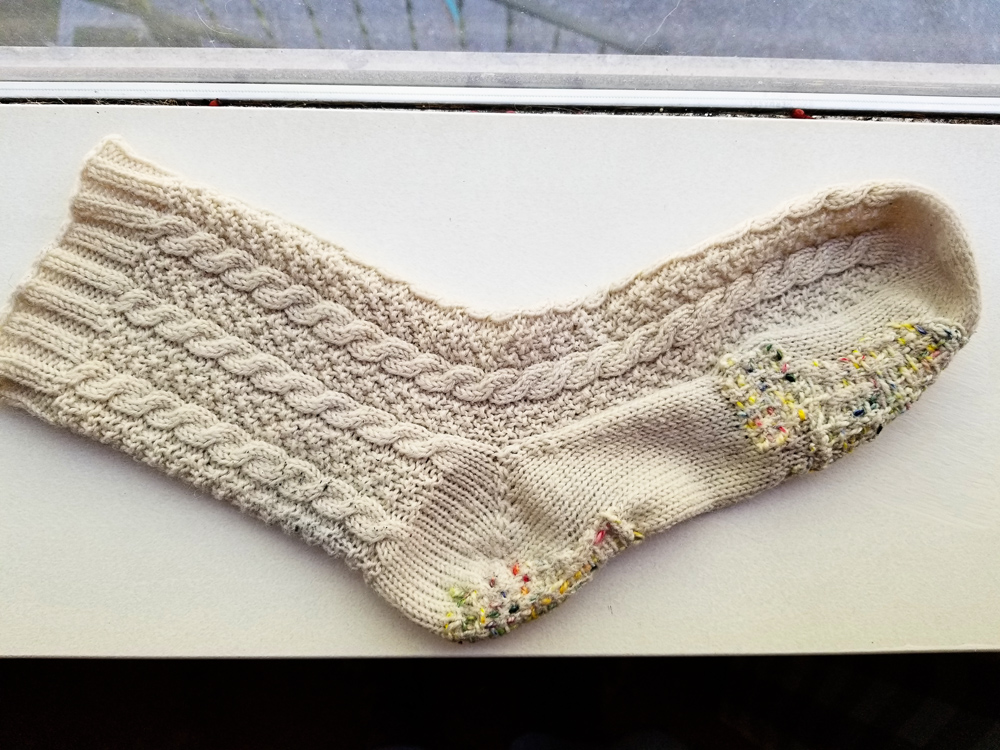Hello, everyone. Long time no blog, and hasn’t the world changed??? Good grief. Who could have seen all this coming.
(Last year my agent and I shopped a novel that began exactly this way; a statement probably true of many SFF and spec fic writers. Anyway.)
Quarantine has been long (3.5 months now, for us) and weird and we’ve all changed. At first I gained ten pounds in despair, but now I’m busy trying to lose it; not an easy prospect given my myriad metabolic malfunctions (I don’t care what writing advice books say, I personally love alliteration). Because my body is so ready to gain weight and so extremely stubborn about letting go of it, researching, designing, and trying out new health schemas has become an outright hobby for me. Calling it a hobby is weirdly empowering, but it’s the truth. I really enjoy trying new things.
In quarantine, I fell down the rabbit hole of planners. Remember Daytimers from the 90s? People still use paper planners like that, and they are a THING. You can search planner hashtags on Instagram. Planners, now, are as much or more about the BLING as about the planning. Stickers. Foil-stamped dividers. Saffiano leather binders. Gorgeous matte-on-shiny cards with inspirational sayings.
After a week or two of meditating on the phenomenon, I decided it exists because a lot of us never got over workbooks and stickers… and there’s nothing wrong with that. There is a satisfaction and a mental permanence to writings things out by hand that electronic planning simply doesn’t have. I have certainly gone head first down that rabbit hole.
Let me show you my bunny burrow.
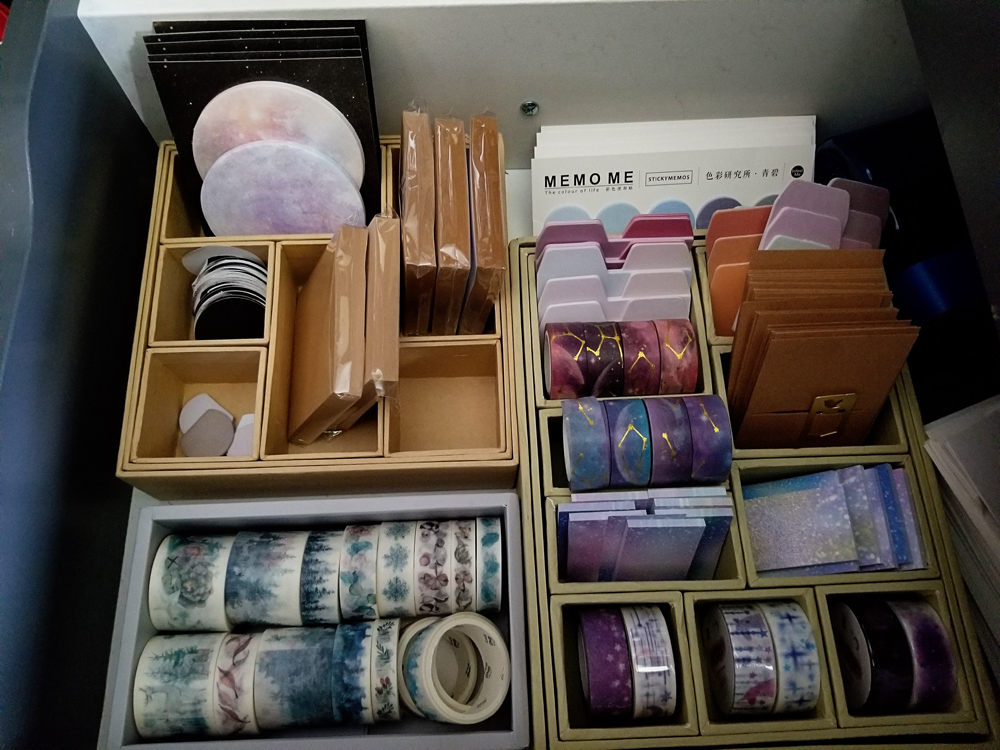
First, my goody drawer. I went on a buying binge of sticky notes, sticky tabs, sticky dots, washi tape, and gorgeous metal divider tabs. I identify with deer and with the moon at this point in my life, so my selections reflect that.

Next, my actual planner, which continues the moon/night sky theme. This is an Erin Condren On the Go Folio. If you are a planner neophyte, let me unpack that: Erin Condren is a big name in the planner world. She sells highly structured, colorful planners that a lot of women credit with getting them into planning in the first place. These folios are a departure from her original planner scheme. They can be filled with special-interest mini planners for daytiming, journaling, budgeting, medical stuff… the list is long.
The folio itself is a form of traveler’s notebook. A traveler’s notebook is a tough cover–in this case PVC, in many cases leather–with several elastic bands running down the inside of the spine. You insert your own notebooks (blank cahiers, from Moleskine for example, or printed workbooks like Erin Condren’s) and when they’re full, they’re easy to remove and replace.
I don’t have mine filled with Erin Condren’s workbooks. I am using A5 cahiers by Simply Genius, ordered on A-zon. These little cahiers are as cheap as $2 apiece, depending on how many you buy at once, they have a ton of pages, and they’re *almost* as nice as Moleskine.
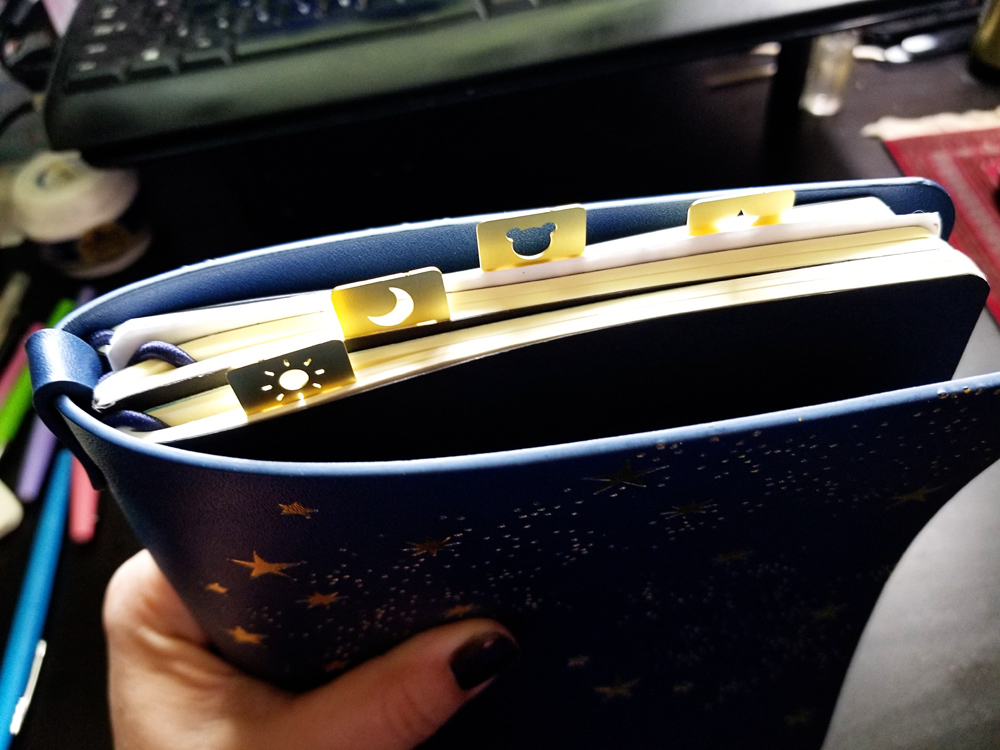
Here’s a top view of my setup. You see the metal divider tabs, which I LOVE. They’re widely available on A-zon and Etsy.
The tab with a sun on it is my main daytime book. The one with a moon is my gratitude journal, in which I write five things I’m grateful for every night before bed. The one with a bear is a cardstock insert I made with my recurring chores on it (more on that later). And the one with a star is my goals & intentions book.
Let’s dive in.

(The planner cover open, so you can maybe see how the notebooks are held in by elastic bands.)

Here is a sample spread. Each day gets one page (and the weekend days share a page, because I don’t track my food on Sundays). The page has the date and day of the week at top, some colored dots which are my system for tracking a few pet health issues, my weight which is blobbed out because you don’t need to see it, and the weather, as it presents itself just as I’m waking up.
Below that is my to-do list for the day. At the beginning of the week I do the coming week’s worth of headers and, using my chore insert, fill in what I intend to get done that day as well as any appointments (NOT A LOT OF THOSE IN LOCKDOWN, HONEYS).
Below that is where I track my food for the day. This is not detailed; some days I leave it at this level of tracking, and some days I go to SparkPeople to enter everything and get my calorie count for the day, just to keep it real. You can see that I have each line highlighted green, yellow, or red. This was inspired by the two week free trial of Noom I did. In the end the Noom app wasn’t for me, but I love this system as a way of giving myself an at-a-glance, numbers-free way to evaluate how the day went. As you can see these days weren’t ideal. Ah well.
At the bottom, if I have space and inclination, I flog myself with notes about how I did and didn’t work toward my goals that day.
Here’s my BuJo page with the general structure of my daily page outlined.

It is worth noting that I absolutely use Google Calendar, too. It is the primary landing place for future appointments. Haircuts, dentist and doctor appointments, birthdays: these things land on my Google Calendar, usually via my phone, at the moment they’re scheduled. Every week when I’m filling out my planner, I check my Google Calendar to see if anything is happening there.
For upcoming tasks that I can’t forget about but that will happen on an uncertain date, I use post-it notes until I’m ready to commit to actually writing it into my journal. Here’s a post-it about calling my town’s parks & rec department about a refund for summer camps that probably won’t happen, depending on whether my county moves to Phase III of reopening or not.

Moving on. The gratitude journal book is fairly self-explanatory, so I won’t show pictures of it. Either first thing in the morning or last thing at night, write down five things you’re grateful for. Oprah told us this in the nineties. It helped then, and it helps now.
Now for my chore insert. It’s a regulation-sized piece of cardstock, folded in half to make it approximately A5 size and to make it into a booklet that can be held in the notebook cover. It thus has four pages.

The first page are chores that recur on a weekly basis. Happily this is a fairly short list, which leaves space at the bottom to write temporarily recurring stuff on post-it notes, which I can discard when those appointments stop recurring.

Page 2 is monthly recurring chores. I don’t have a specific day of the month for these; I just add them to my to-do lists as I have the opportunity. I use sticky dots to indicate how many times they have to be done per month; for things like washing sheets and cleaning bathrooms, which apply to multiple areas, I also write numbers on each tab to indicate how many beds or bathrooms I’ve cleaned so far.
The next page is my yearly recurring chores, sorted by the month in which they should happen. Again, these are inserted into my to-do lists as I have an opportunity to get to them. While the list looks short, some of them are Really Big Deals. Edging garden beds, for example. I have lots of garden beds, and they have English edges, which are work to maintain. I also have lots of rooms in my house with carpets that need to be shampooed.
Other than those, the most interesting chore listed here is Chore Bear. What the heck is that, you ask?

It’s called that because its original form was a little bear my daughter bought me, which holds either a pack of standard sticky notes or 3×5 index cards. I used it for index cards, and wrote the name of one area of the house on each card, and every morning I put the old card to the back and a new one came to the top and that was the room I had to clean that day.
The cards are fiddly to deal with, so Chore Bear has been retired as a physical object, but his spirit lives on. Four times a year (because we need to put a cap on these things, otherwise they take over our lives) I work through the Chore Bear. Every day one area in the house is It. That area is targeted for special attention and for Final Reckonings.
You know what I mean. That pile of papers you haven’t sorted out. That closet you haven’t tidied. Those baseboards that need dusting. Those are all Final Reckonings, and a room’s Chore Bear day is the day those reckonings happen.
So there’s my recurring to-do list. I don’t have a page for daily stuff, because it’s so ingrained and automatic that I don’t need to list it.

The last cahier in my planner is my goals & intentions book. I am only just getting this one going, so it’s still experimental, but in general I have two cycles of goals: quarterly, which I check in on at the solstices and equinoxes, and weekly, which I check in on every Sunday afternoon.

Each week takes up a two-page spread. On the left I write what my goals are for the coming week; on the right, one week later, I observe how many of them I met, give myself gold stars for meeting them, or writing somber reflections on why I didn’t and on how I can improve in the week to come.
Because my health schemas are constantly evolving, this suits me. I can give myself new goals to meet my new schemes every week.

The quarterly goals at this point involve only one thing: the Health Point Average from a self-help book I’m currently reading called Better!: 11 Simple Habits to Improve Your Life by Jason Piken. It’s a really nice book which encourages you to create your own rules for constantly challenging and improving your own health practices. Here, every quarter, I intend to grade myself according to my own rules and to see how I’ve improved in the past three months (or haven’t, heaven forfend.)
And there, darlings is my planner. Plenty of bling to keep me entertained, and since I have the attention span here in quarantine to keep up with it, it is really helping me to 1. actually get things done, and 2. feel like I’m getting things done, which is just as important.
Hope this was interesting!
